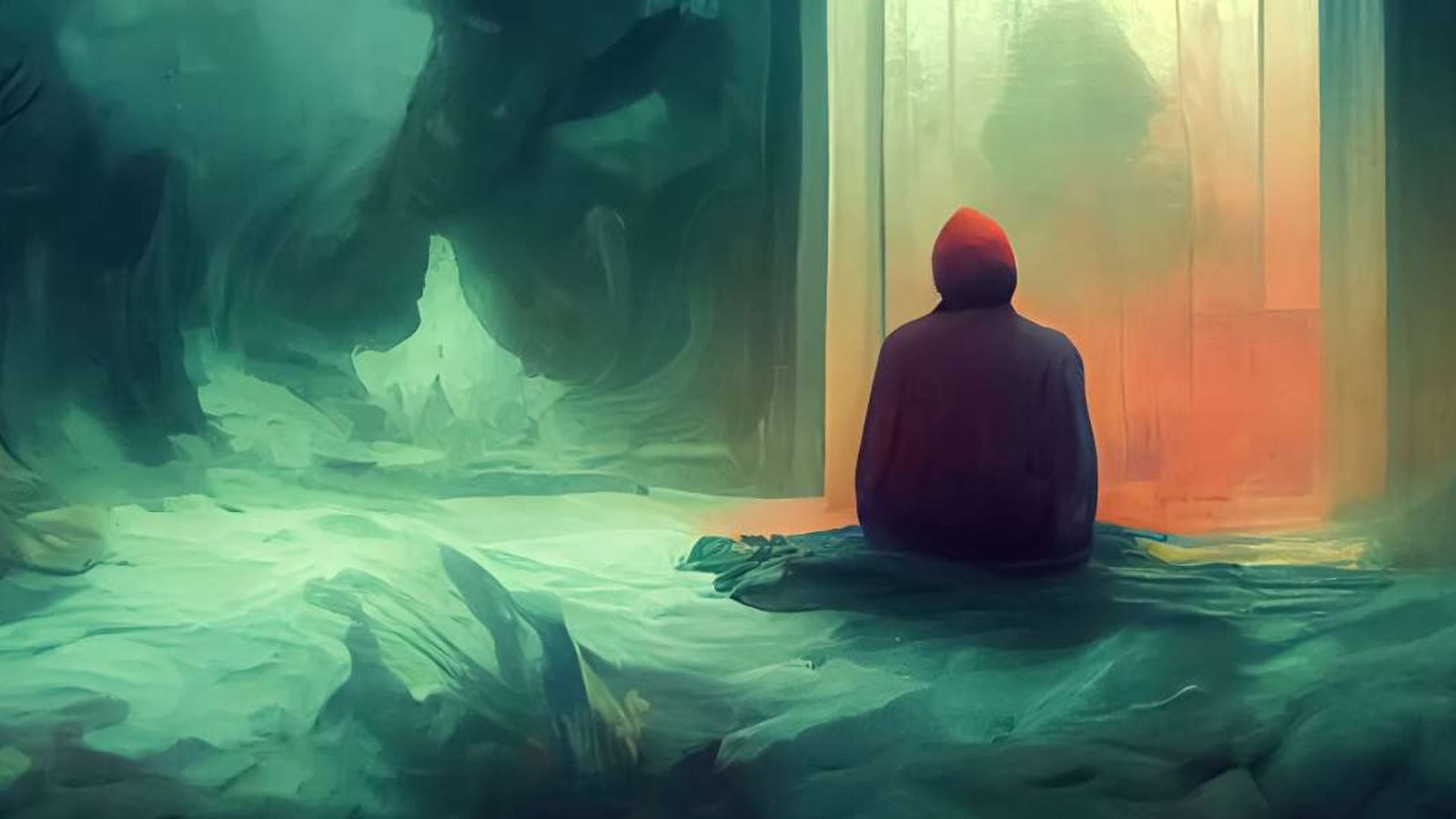Art therapy is a powerful tool that can enhance our understanding of dreams. By combining creativity with psychological exploration, individuals can gain deeper insights into their subconscious minds. In this post, we’ll explore how to use art therapy in interpreting dreams, making the process both enjoyable and enlightening.

Understanding Art Therapy
Art therapy is a therapeutic technique that uses creative expression to help individuals process emotions and experiences. It allows people to communicate feelings that might be difficult to express in words. When applied to dream interpretation, art therapy can unlock new perspectives on the symbols and themes present in our dreams.
The Connection Between Dreams and Art
Dreams often contain vivid imagery and complex emotions. By engaging in art therapy, individuals can transform these dream elements into tangible creations, making it easier to explore their meanings. Art becomes a medium through which the subconscious can be expressed and examined.
Step 1: Keep a Dream Journal
Before diving into art therapy, it’s essential to keep a dream journal. Recording dreams as soon as you wake up helps capture details that may fade throughout the day. Write down key elements, emotions, and symbols from your dreams. This journal will serve as a foundation for your artistic exploration.
Activity:
Spend a few minutes each morning writing down your dreams. Note any strong feelings or images that stand out.
Step 2: Choose Your Art Medium
When using art therapy to interpret dreams, it’s important to choose a medium that resonates with you. This could be drawing, painting, collage, or even sculpting. The key is to select a form of expression that allows you to feel comfortable and free to explore your emotions.
Tips:
- If you enjoy painting, use watercolors or acrylics.
- For those who prefer drawing, colored pencils or markers can be effective.
- Collage can be a fun way to combine different images and materials.
Step 3: Create Your Artwork
Once you’ve selected your medium, it’s time to create your artwork. Focus on a specific dream or symbol from your dream journal. Allow your emotions to guide your creative process. Don’t worry about the outcome; the goal is to express rather than create a perfect piece.
Activity:
Spend 30 minutes to an hour creating your artwork. Let your imagination flow, using colors, shapes, and forms that resonate with the emotions from your dream.
Step 4: Reflect on Your Creation
After completing your artwork, take some time to reflect on what you’ve created. Look at the colors, shapes, and symbols you used. Ask yourself:
- What feelings does this artwork evoke?
- How does it relate to the dream I recorded?
This reflection helps bridge the gap between your artistic expression and the original dream, enhancing your understanding of both.
Questions to Consider:
- What story does my artwork tell?
- Are there any new insights or feelings that arise from viewing my piece?
Step 5: Share and Discuss
Sharing your artwork with a trusted friend, family member, or therapist can provide valuable feedback and additional perspectives. Discussing your art can lead to deeper insights and foster a sense of connection.
Group Activity:
Consider joining an art therapy group or workshop where participants can share their artwork and interpretations. This communal approach enriches the experience and allows for diverse interpretations.
Step 6: Create a Series
To deepen your understanding of your dreams, consider creating a series of artworks based on different dreams or recurring themes. This ongoing project can reveal patterns and help you track your emotional journey over time.
Idea:
Set aside time each week to explore a new dream through art. Create a visual diary that chronicles your dream interpretations, allowing you to see progress and changes in your emotions.
Conclusion
Using art therapy in interpreting dreams can be a transformative experience. By combining creative expression with reflective practices, individuals can unlock deeper meanings and insights into their subconscious. This approach not only enhances dream interpretation but also promotes emotional healing and self-discovery. Embrace the power of art therapy, and watch as your dreams become a source of inspiration and understanding.




